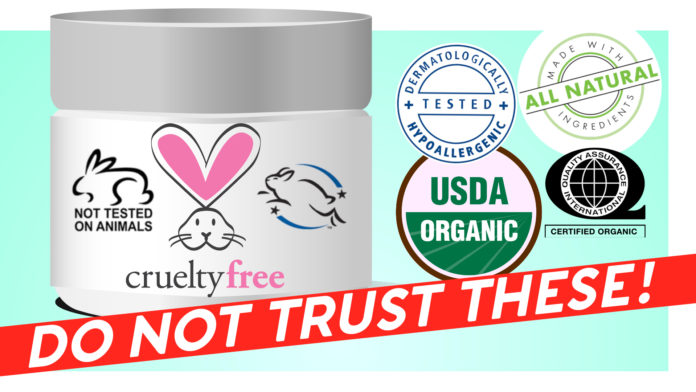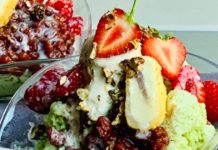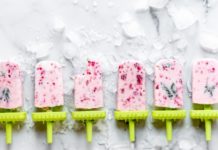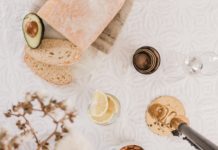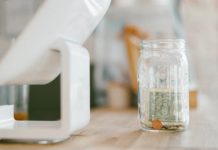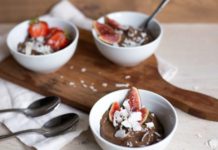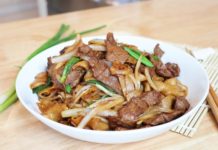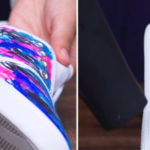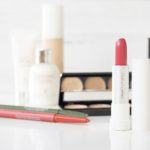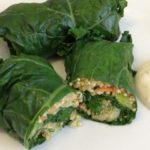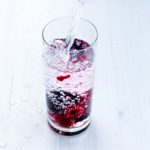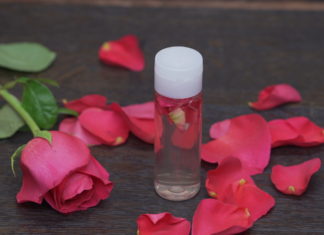Have you ever bought a skincare product because it had a 100% organic or cruelty-free label? There’s something reassuring about the labels that make us trust the company.
But did you know that many of these labels aren’t really true? Here’s the thing: they’re not all bad but there are things purposely left unsaid. Today we’re going to take a look at six common labels found on your skincare or beauty products and explain what they really mean.
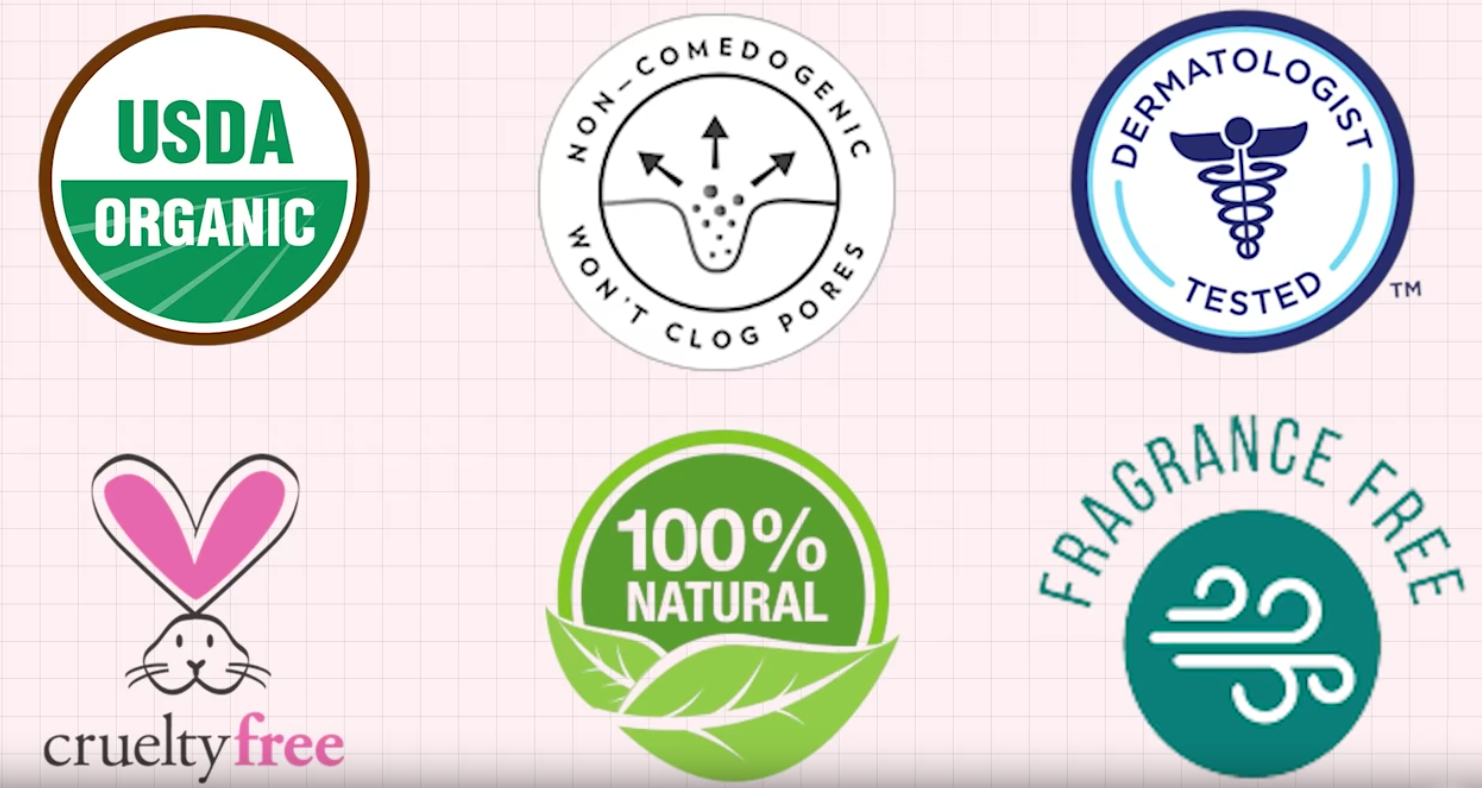
Organic
You may have noticed that there are three labels under this category: 100% Organic, USDA Organic, and Made with Certified Organic Ingredients.
100% Organic is self-explanatory because all the ingredients used in the product are made of completely natural ingredients.
Products with the USDA Organic label indicates that it is not completely made with all natural ingredients and up to 5% of non-organic additives can be present.
Made with Certified Organic Ingredients indicates that up to 30% of the products’ ingredients are non-organic. For this label, it’s a must for the ingredients list to contain which ingredients are certified organic separately. For example, if an apple cider vinegar lotion has this label, with apple cider vinegar being the certified organic ingredient, then the label must indicate this ingredient separately: “made with certified organic apple cider vinegar”.
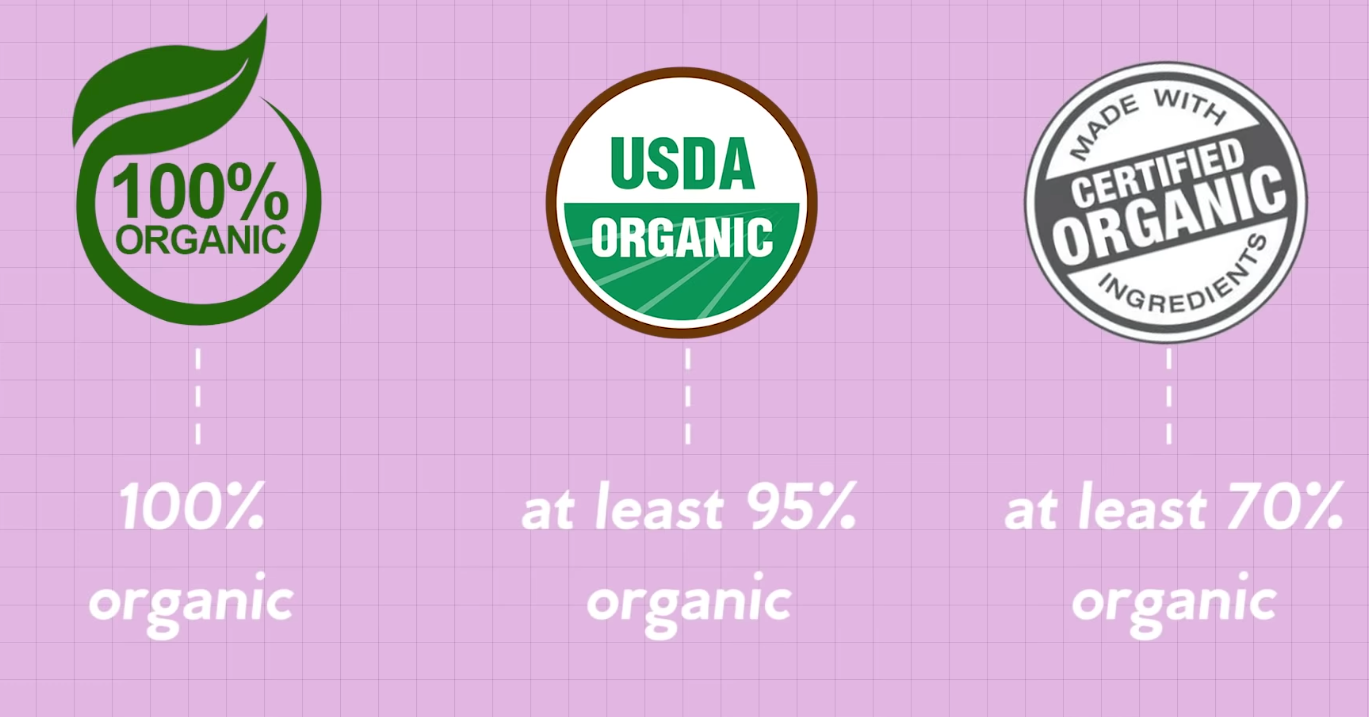
Cruelty-Free
This cute bunny label is probably the most common one that we see on the market. According to surveys, the phrase “not tested on animals” was the most important packaging claim for shoppers purchasing beauty products. It’s rightfully so too since it’s common for beauty companies to test animals’ reactions to their product. But what many of us probably don’t know is that there are three different types of Cruelty-Free bunny logos.
The first is Cruelty-Free International or the Leaping Bunny, and it is a globally recognized label for beauty products sold overseas. To obtain the certification, companies have to set up supplier monitoring systems to make sure all the procedures meet the requirements, go through an auditing process to document products without animal testing, and pay a yearly fee to maintain the Cruelty-Free badge.
The second label is Cruelty-Free and it is represented by a picture of a bunny with heart ears. This label is certified by PETA, an organization based in the U.S. Unlike the Leaping Bunny, PETA doesn’t have strict requirements for beauty companies to register as Cruelty-Free, so companies can easily add claims to their product without being truly verified. Certification under PETA is also easy to obtain and doesn’t require documentation to prove that the product was approved without animal testing.
The third label is CCF Rabbit and it is certified by Choose Cruelty-Free, which is based in Australia. The process for registering requires signing a legally binding document along with written documentation that states all raw ingredients used for the product were not tested on animals. The CCF Rabbit also requires a yearly retest to maintain the Cruelty-Free status of the company as well.
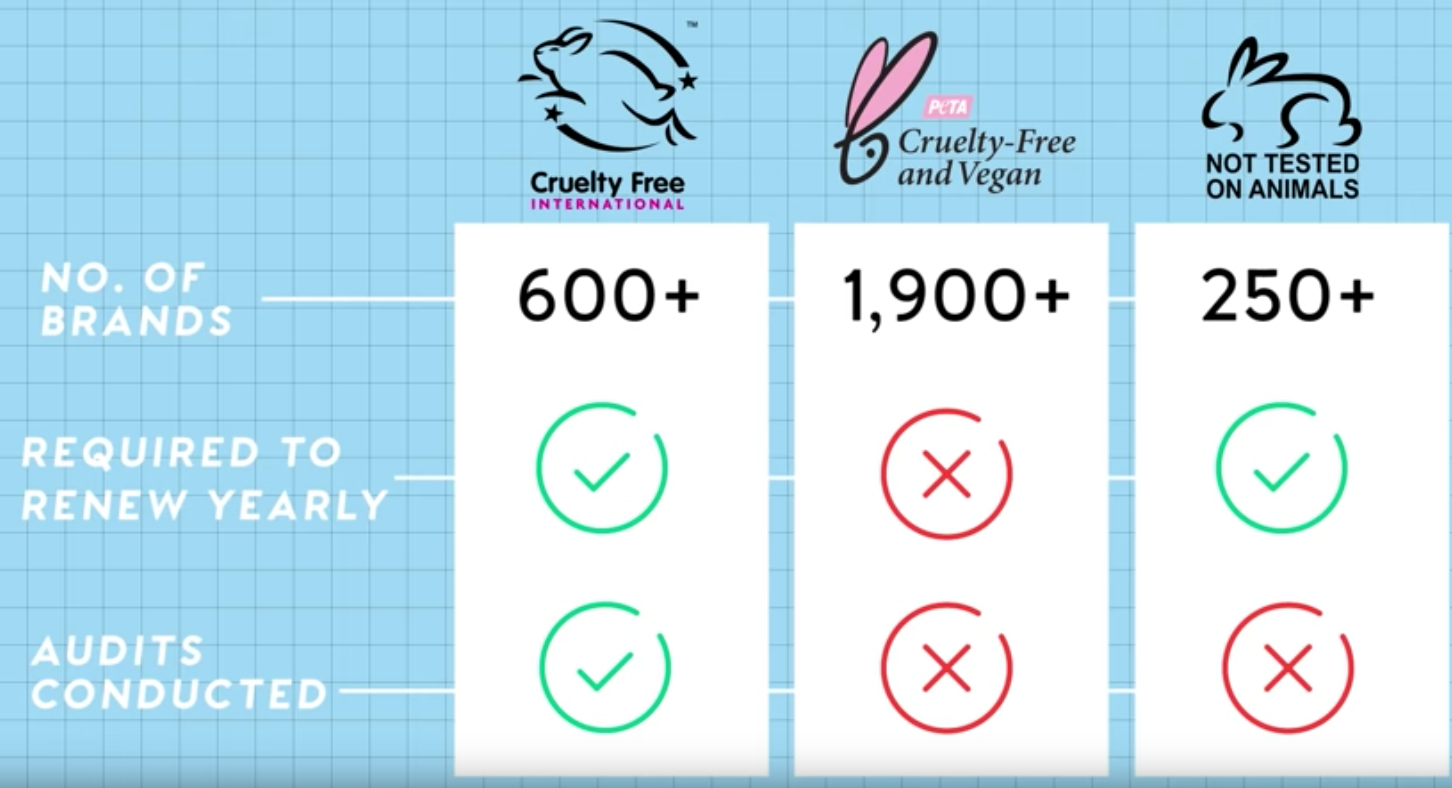
What is also worth mentioning is that this label is not always faithful to its name because the regulations can change the moment the product is sold internationally. China is a country that requires mandatory animal testing on all imported cosmetic products, so even if a cosmetic or beauty company doesn’t test their products locally, they may have to if they decide to expand their market to other countries despite registering as ‘Cruelty-Free’.
Non-Comedogenic
Non-Comedogenic refers to ingredients or products that do not clog pores. When you purchase a product that claims to be non-comedogenic, it’s not guaranteed that you would see a reduction in acne. This is because there are actually no supervised or regulatory standards that maintain this label for the product. In terms of usage, the product yields different results and skin reactions for different people.
Some natural ingredients such as cocoa butter, coconut oil, olive oil, lanolin, wheat germ oil, kelp, shea butter, benzoic acid, silicones, algae extract, and oxybenzone are even known to clog pores, which may lead to breakouts.
Dermatologist-Tested
More often than not, you’ve seen this label on many skincare products such as lotions or creams, and they come associated with sayings such as “98% tested have shown improvement for their eczema in a month” or “88% would recommend to a family member or friend”. But have you ever wondered how these products come to have such high percentages?
This can be misleading since the mass audience will think that the product went through strict testing; however, it remains a mystery what the product was tested for, what the results were, and how many tests were conducted to receive the percentages.
When a product is labeled as “dermatologist tested”, it refers to a product being tested using human participants through a patch test, which is standard for the beauty industry. In the patch test, human volunteers apply the products on their back with a patch that helps penetrate the products into the skin for better absorption and to monitor for any signs of a reaction.
At the end of the day, we’re not certain if the professionals conducting the tests recommend the product either.
Natural
There’s something so attracting about the word “natural” attached to a skincare product. We all want to use natural skincare products that make us look good and feel even better with the knowledge of chemical-free, paraben-free, and phthalate-free products.
Sadly, not all products with the label are actually 100% natural. In fact, products that contain some natural ingredients can have the label and still contain chemicals or other lab-made ingredients. In order to find a 100% natural product, look for the “Certified by the Natural Production Association” logo on the product and read the ingredient list to make sure it contains natural products.
Fragrance-Free
Here’s the thing with fragrances: it smells good and makes you feel happier to invest in a product that smells like vanilla cupcakes, but they also have added artificial chemicals (like phthalate) that can ultimately do more harm to your body than good. A fragrance-free product does not have any added or artificial fragrances. The scent is from natural ingredients such as oils and extracts. Also, the term “unscented” is different from “fragrance-free” because unscented products may contain added fragrances or chemical ingredients to mask an unpleasant scent or the smell to the product.
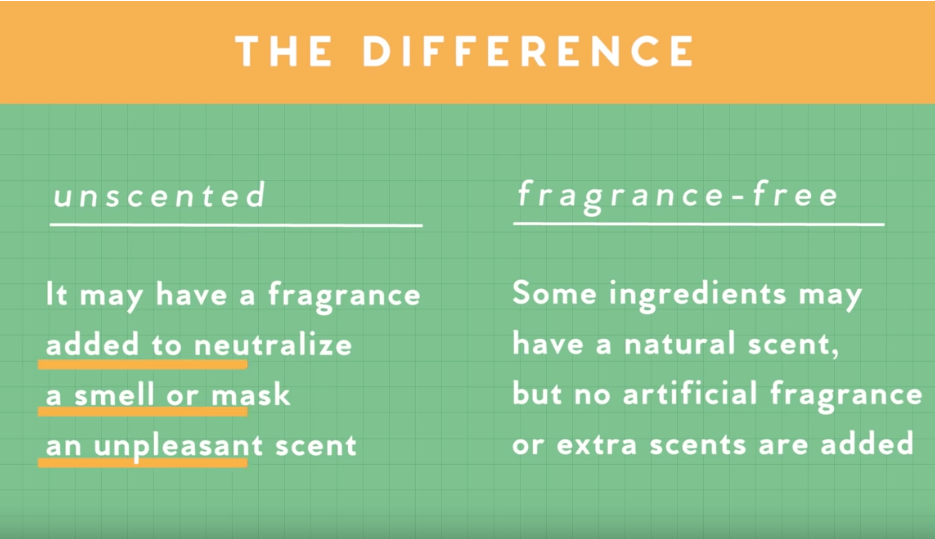
More details are in our full video: Top 6 Misleading Facts About Skincare Labels: What You Didn’t Know! (Part 2)


